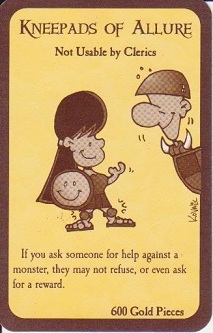
Recently, my friend gave birth to a baby girl. Until their daughter arrived, she and her husband decided not to assign a name. Although they had candidates selected in advance, they wanted to wait until they saw her sweet little face to determine which name was the best fit. I don’t understand this approach since for me names do not seem to be tied to a person’s appearance. Shakespeare’s Juliet tells Romeo that a name “is nor hand nor foot, / Nor arm nor face, nor any other part / Belonging to a man.” When I named my own children, I chose names that I wanted to repeat for the rest of my life rather than trying to discern a name when first gazing upon them.
Remember that a person’s name is to that person the sweetest and most important sound in any language. — Dale Carnegie
This particular point has been the bane of my existence. I love meeting people. I love talking to people. I love hearing their interesting and divergent points of view. I absolutely dread that moment at the end of the first (or even second) conversation where we pause and say, “It was nice meeting you …” and trail off into silence rather than being able to whip out the name that was proferred at the beginning of the conversation.
The strange part for me has been walking through crowds, picking out the faces of those I have met, remembering the topic of our discussions and wanting to continue the conversation but feeling somewhat reluctant to do so because I couldn’t call out to the person before he or she passed by.
The zenith of my name recall coincided with the first meeting of my husband’s extended family. There they were, arrayed in a circle and happily sipping on sweet tea. As they each nodded, smiled, and spoke their names, I felt my mental cache filling up. And yet! Somehow I pulled off the improbably feat of repeating every name as I went back around the circle, only failing at the last person. My mother-in-law has never forgotten this proud moment, though I think of it as a “stupid human trick.”
Knowing your own weaknesses is the first step to addressing them. I have tried a variety of approaches to name recognition over the years with varying degress of success.
When I was in college, my co-operative degree program employer hired me to start at their office in January. When I arrived for my first day, they gave me the tour and I noticed a pile of printed photos from the office Christmas party the month before. Later that day, I returned to the break room and sorted through the pile to find the faces of all the people I had met that day. I sat down with the company directory and turned those prints into human flashcards, quizzing myself over each one.
Once I graduated from college, I took my first quality job and was one of the youngest staff members, which seemed to lead others to think my memory would be better than theirs. Since I had recently purchased a digital camera, I kept it with me at work. When the development team pointed out the wiki had user pages for each of us, I took it upon myself to offer to take photographs of my coworkers and to post them on their user pages. This was an excellent opportunity to talk directly with each of the new people I met and the collaborative experience helped me to associate the names with the faces much more closely.
Fortunately for me, and perhaps for you as well, the spread of technology has resulted in the frequent pairing of photographs with people’s names in social media. In the absence of images, I find that even an e-mail address can add the visual cues needed to help me to associate the verbal and written exchanges, the essence of the dialogue, with the name of my collaborator. A tangible reminder such as a business card received at a conference is a convenient medium for a contemporaneous record, as James Bach uses in exploratory testing, of the matter at hand.
What tips and tricks help you to recall names?



